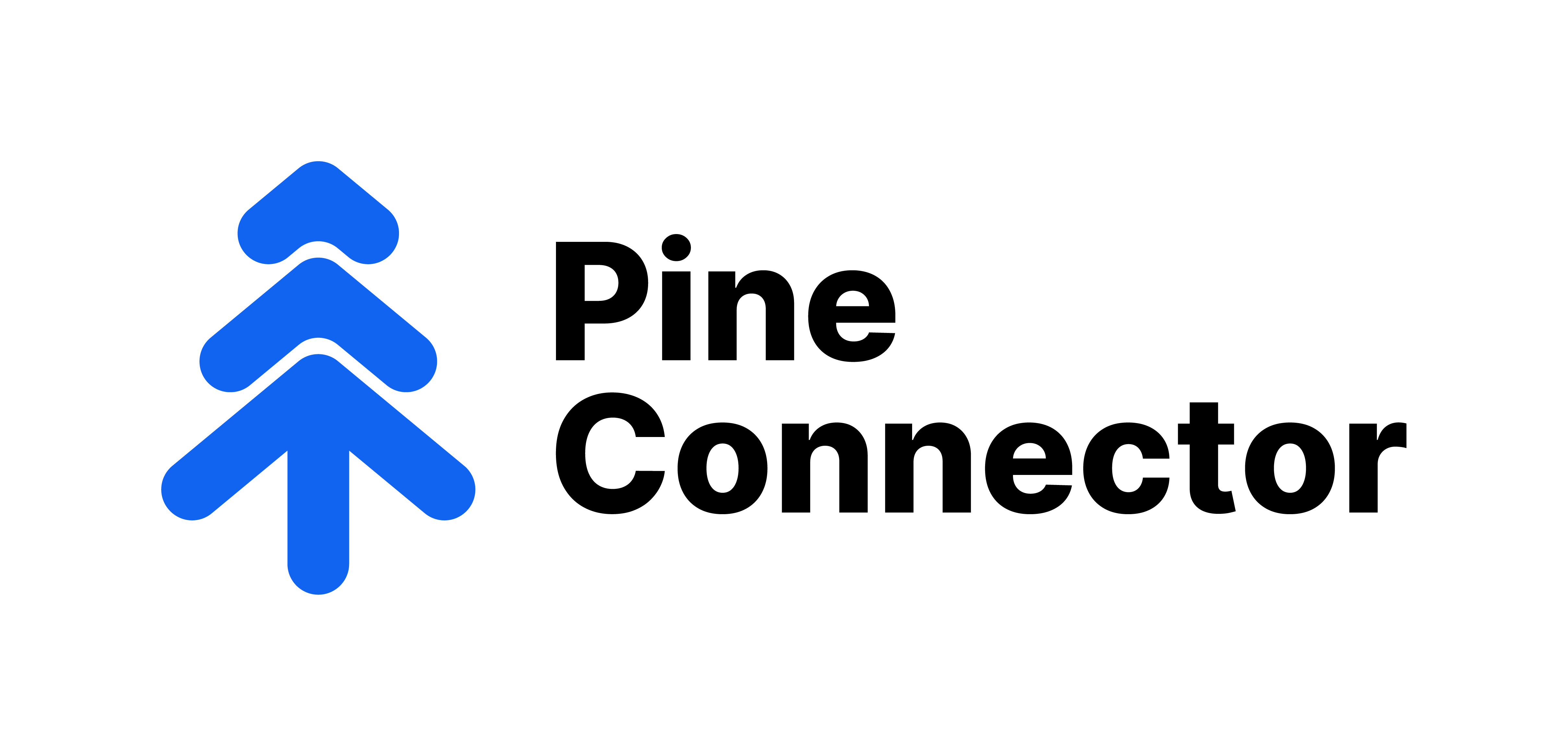The Rise of Quant Funds: How Data-Driven Trading Strategies Are Changing the Game

The financial markets have evolved dramatically in recent years, and one of the most significant shifts has been the rise of quantitative trading. Known simply as "quant trading," this approach uses data, algorithms, and statistical models to make decisions that were once based primarily on human intuition. At the forefront of this transformation are quant funds, which are investment vehicles powered by data and technology rather than traditional analysis or gut feeling.
Quant funds are not just a trend. They represent a fundamental change in how modern markets operate. As computing power increases and access to data becomes more widespread, these funds are growing in popularity and influence. This blog explores what quant funds are, why they are gaining momentum, and how traders can integrate similar strategies into their own workflows using tools like PineConnector.
What Are Quant Funds and How Do They Work?
Quantitative funds, often called quant funds, are investment funds that rely on mathematical models and computer algorithms to make trading decisions. These models are based on historical and real-time data, including price movements, volume, volatility, economic indicators, and even sentiment data from news or social media.
Unlike discretionary trading, where human judgment plays a central role, quant funds use a rules-based approach. The decision-making process is encoded into algorithms that automatically generate buy and sell signals based on predefined criteria. Once a model is in place, the system can execute trades without ongoing human involvement, often within milliseconds.
There are different types of quantitative strategies, including:
- Statistical arbitrage, which looks for pricing inefficiencies between related instruments
- Trend following, which attempts to identify and follow market momentum
- Mean reversion, which bets on the tendency of prices to return to average values over time
- Machine learning models, which evolve and improve over time based on new data
What unites all quant strategies is a reliance on data, logic, and consistency. As a result, these funds are able to operate at scale and across markets without the emotional biases that often affect manual trading.
Why Quantitative Trading Is on the Rise
There are several reasons why quantitative trading and quant funds are becoming more prominent:
1. Greater Access to Data and Technology
With the rise of cloud computing, open financial data, and platforms like TradingView, traders now have more tools than ever to analyze markets. It is no longer just hedge funds with billion-dollar budgets that can run quant models. Individual traders can now build their own algorithms using Pine Script or Python and test them with high-quality data.
2. Superior Speed and Precision
One of the core strengths of quant trading is its speed. Algorithms can scan thousands of assets, process complex calculations, and execute trades almost instantly. This gives quant strategies a huge advantage in fast-moving markets, where a few seconds can mean the difference between profit and loss.
3. Consistent Execution Without Emotion
Quantitative systems do not panic during market selloffs. They do not second-guess themselves after a losing trade. They follow rules consistently, which removes a major source of human error. This consistency is especially valuable in volatile markets, where emotional decision-making can lead to significant losses.
4. Scalable Risk Management
Quant funds typically include built-in risk management tools. These models can assess volatility, adjust position sizes, or even pause trading based on specific conditions. This allows traders to operate with a clearer understanding of their risk exposure at all times.
The Role of Automation in Quantitative Trading
Automation is a key component of any quantitative trading system. Without the ability to execute trades automatically, even the most sophisticated model would be slow and ineffective. The goal is to bridge the gap between analysis and action, allowing trades to be placed immediately when conditions are met.
This is where PineConnector comes in. PineConnector is a lightweight but powerful tool that connects TradingView to MetaTrader 4 or MetaTrader 5. It allows traders to set alerts in TradingView based on their indicators or Pine Script strategies. When those alerts are triggered, PineConnector sends trade commands directly to MetaTrader for execution.
How PineConnector Fits into Data-Driven Strategies
PineConnector acts as the link between your TradingView analysis and your MetaTrader execution. For traders using quantitative models, this connection allows you to:
- Execute trades automatically based on TradingView alerts
- Include entry price, stop-loss, and take-profit levels directly in your alert messages
- Maintain consistent trade execution without manual intervention
- Operate across multiple assets or timeframes with the same automation setup
Here is a simple example of how a quant trader might use PineConnector:
- Strategy Creation: A trader builds a mean-reversion model in Pine Script on TradingView. The model identifies oversold conditions using RSI and Bollinger Bands.
- Alert Setup: The trader sets alerts based on specific signal combinations, such as when the RSI is below 30 and the price is touching the lower Bollinger Band.
- Trade Message: The alert message includes the trade direction, symbol, position size, and risk parameters:
- Execution: PineConnector receives the alert and places the trade automatically on MetaTrader 4 or 5.
This process reduces reaction time and removes the need to manually monitor charts, which is essential for quantitative trading to be effective.
Quantitative Trading for Individual Traders
While the term “quant fund” may sound exclusive or institutional, the reality is that many of the same principles can be applied by individual traders. With platforms like TradingView offering powerful scripting tools, and PineConnector providing seamless automation, you can build your own data-driven strategy without needing a team of developers or a massive infrastructure.
Some individual traders use simple moving average crossovers as entry signals. Others use machine learning models hosted externally and use TradingView only to visualize or trigger orders. The beauty of PineConnector is that it adapts to your needs, whether your strategy is basic or advanced.
Final Thoughts: Embrace the Quantitative Evolution
Quant funds and algorithmic trading are reshaping the landscape of financial markets. What used to be an edge available only to institutions is now accessible to everyday traders who are willing to learn and adapt. Data-driven strategies offer speed, discipline, and scalability. And with tools like PineConnector, the path from strategy development to execution has never been smoother.
If you are ready to take your trading to the next level, consider integrating automation into your workflow. PineConnector makes it easy to connect your TradingView signals to MetaTrader, giving you the power to execute strategies with precision and confidence.
To learn more and start building your own quantitative trading setup, visit pineconnector.com.


